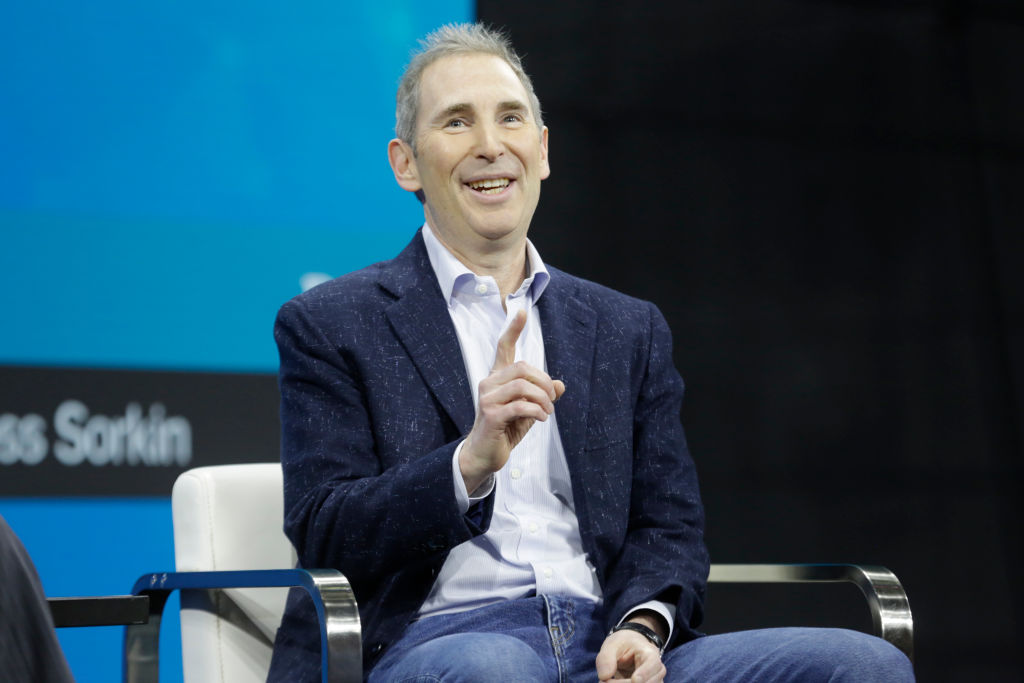Amazon has recently unveiled Nova Reel 1.1, an enhanced version of its AI-driven video generation model, capable of producing videos up to two minutes in length. This development signifies a substantial advancement from the initial Nova Reel, which was introduced in December 2024 and limited to generating six-second clips.
Introduction to Nova Reel
Nova Reel represents Amazon’s strategic entry into the competitive field of generative video technology, positioning itself alongside industry leaders such as OpenAI and Google. The model is designed to create videos from textual prompts, catering to a wide range of applications from advertising to content creation.
Key Features of Nova Reel 1.1
The latest iteration, Nova Reel 1.1, introduces several notable features:
– Extended Video Length: Users can now generate videos up to two minutes long, a significant increase from the previous six-second limit.
– Multi-Shot Consistency: The model ensures a uniform style across multiple shots within a single video, enhancing the overall coherence and visual appeal.
– Enhanced Prompt Capacity: Users can input prompts up to 4,000 characters, allowing for more detailed and complex video narratives.
– Multishot Manual Mode: This new mode enables users to reference specific images alongside textual prompts, providing greater control over the composition and content of each video shot.
Technical Specifications
In Multishot Manual mode, given a 1280 x 720-resolution image and a prompt of up to 512 characters, Nova Reel 1.1 can generate videos containing up to 20 distinct shots. This capability allows for the creation of intricate and engaging video content tailored to specific user requirements.
Access and Availability
Nova Reel 1.1 is accessible through Amazon Web Services (AWS) platforms, including Bedrock, Amazon’s suite for AI development. Developers interested in utilizing Nova Reel must request access, which AWS automatically approves, streamlining the integration process for users.
Ethical Considerations and Copyright Issues
As with many generative AI systems, Nova Reel’s development raises questions regarding the ethical sourcing of training data. Video-generating models typically learn from vast datasets of existing videos to generate new content. If these datasets include copyrighted material without proper authorization, it could expose users to potential intellectual property disputes.
Amazon has not disclosed the specific sources of Nova Reel’s training data nor provided explicit mechanisms for content creators to opt out of having their work included in the training datasets. However, the company has stated that it will protect AWS customers accused of copyright infringement resulting from media generated by its models, aligning with its existing indemnification policies.
Implications for the Industry
The introduction of Nova Reel 1.1 underscores Amazon’s commitment to advancing AI-driven content creation tools. By offering extended video generation capabilities and enhanced user control, Amazon aims to meet the growing demand for efficient and customizable video content production.
This development also reflects the broader trend of integrating AI technologies into creative processes, potentially transforming industries such as advertising, entertainment, and digital marketing. As AI-generated content becomes more prevalent, it is crucial for companies to address ethical considerations and establish clear guidelines to navigate the complexities of intellectual property rights.
Conclusion
Amazon’s Nova Reel 1.1 represents a significant step forward in the realm of AI-generated video content. With its extended capabilities and user-centric features, it offers a powerful tool for content creators seeking to produce high-quality videos efficiently. As the industry continues to evolve, ongoing attention to ethical practices and copyright compliance will be essential to ensure the responsible development and deployment of such technologies.



